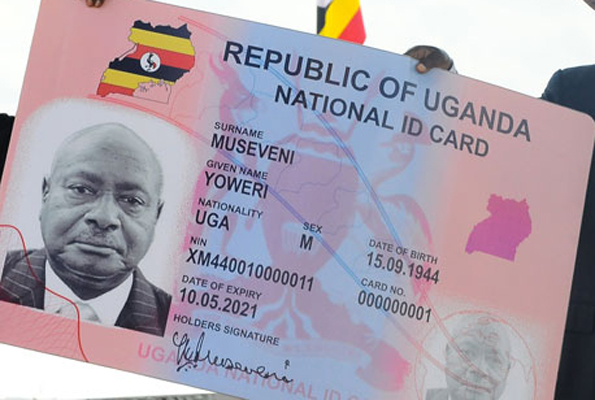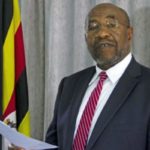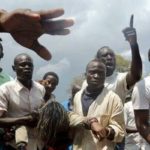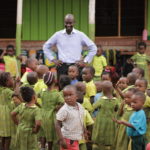According to the World Bank Group’s 2018 ID4D Global Dataset, an estimated one billion people around the globe face challenges in proving who they are as they seek for services.
The report says they struggle to access basic services, including access to finance and even a mobile phone and may miss out on important economic opportunities, such as formal employment or owning a registered business.
The authors of the report say the implications of “providing legal identity for all, including birth registration go beyond individual rights and opportunities: being able to reliably verify the identities of their population is critical for countries to deliver services efficiently, strengthen their ability to raise revenues, and foster growth in the private sector.”
This week 1,600 delegates including government officials from 47 African countries, development partners, and the private sector were gathered in Abuja, Nigeria for ID4Africa to help accelerate progress in closing the identification gap on the continent, where over half of the 1 billion ‘uncounted’ reside.
Accurate data on who these people are is vital for all stakeholders to close this gap, and especially to “leave no one behind”, says World Bank.
This year, over 40 country authorities provided direct data on foundational ID coverage – a record number. The data also revealed that of the One billion people without an official proof of identity: 81 per cent live in Sub-Saharan Africa and South Asia, 47 per cent are below the national ID age of their country, highlighting the importance of strengthening birth registration efforts and creating a unique, lifetime identity and 63 per cent live in lower-middle income economies, while 28 per cent live in low-income economies, reinforcing that lack of identification is a critical concern for the global poor.
According to the World Bank, changes in the global estimate from previous years’ figures are due to better data sources and improvements in the methodology (for details, please see the ‘Methodology’ tab of the Dataset), as well as progress toward closing the gap.
In addition, to further strengthen understanding of who the undocumented are and the barriers they face, ID4D partnered with the 2017 Global Findex to gather for the first time this year, nationally-representative survey data from 99 countries on foundational ID coverage, use, and barriers to access.
Early findings suggest that residents of low income countries, particularly women and the poorest 40 per cent are the most affected by a lack of ID. The survey data (albeit limited in its coverage to people aged 15 and older) confirm that the coverage gap is largest in low income countries (LICs), where 38 per cent of the surveyed population does not have a foundational ID. Regionally, sub-Saharan Africa shows the largest coverage gap, where close to one in three people in surveyed countries lack a foundational ID.
The report says that although global gender gaps in foundational ID coverage are relatively small, there is a large gender gap for the unregistered population in low income countries, where over 45 per cent of women lack a foundational ID, compared to 30 per cent of men.
The countries with the greatest gender gaps in foundational ID coverage also tend to be those with legal barriers for women’s access to identity documents. For example, in Afghanistan, Benin, and Pakistan, all countries with gender gaps of over 15 percentage points, a married woman cannot apply for a national ID in the same way as a married man.
The report says the poor are disproportionately affected by lack of ID, with LICs showing the largest income-based gaps. “Across the LICs surveyed 45 per cent of those in the poorest income quintile lack a national ID; for the richest quintile, the figure drops to just 28 per cent. The high fees charged for IDs in many countries and the cost of obtaining the required supporting documents is a key barrier for the poor,” the report says.








